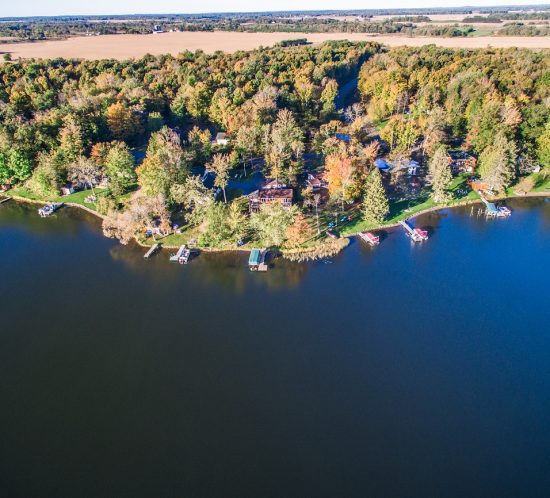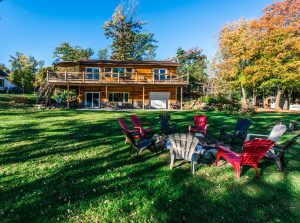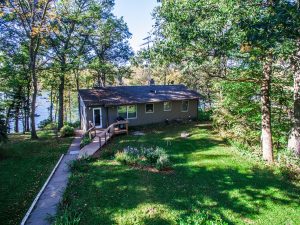5 Tips for Virtual Home Shopping During a Pandemic
The COVID-19 pandemic has changed so much of the way we live right now, home shopping included. With Stay at Home mandates in place in much of the country, we certainly can’t be going in and out of strangers’ homes touching doorknobs, light switches, and appliances.
If you are needing to move soon, however, don’t despair! We can help you find a home and stay safely within the health guidelines. Here are some tips for home shopping during the pandemic.
- Be selective about the homes you choose to visit. If you are the type of buyer that likes to cast a wide net and see everything in your price range, you may have to change your methodology. Try to narrow down your list of homes to visit to your very top choices.
- Start with a Virtual Tour. Many sellers are making virtual home tours available for buyers. The technology for virtual has improved greatly in the last couple of years, from simple videos to 3-D tours with floorplans that help you feel what it is really like to walk through the rooms.
- Take a Facetime tour with your agent. If the seller doesn’t offer a virtual tour, have your agent do one for you. The seller may be more comfortable allowing one agent to come in than a group of people. Your agent, masked and gloved, can take a video for you or Facetime with you while you tour the home.
- Scheduling a live showing. When you find a home you really must see in person, don’t bring anyone with you that isn’t vital to the decision-making process. Besides the fact that sellers probably don’t want a family of six parading around, with fewer distractions you can get a better look and eliminate the need to come back a second time. Take lots of pictures and measurements so you don’t miss anything.
- Put safety first when touring. You want to safeguard your own health, and you want the sellers to appreciate that you safeguard theirs as well. Have your agent arrange for the sellers to stay in one area of the home, or in the yard, while you look and ask the sellers to open all the doors, cabinets, and closets so you don’t have to touch anything. Wear a mask and use hand sanitizer before and after you enter the home. We are showing and selling houses during the pandemic, so don’t let it discourage you from looking. Most of the process can be handled online now, and what cannot be done digitally we are taking care of with your health and safety in mind.
Contact us today to get started!






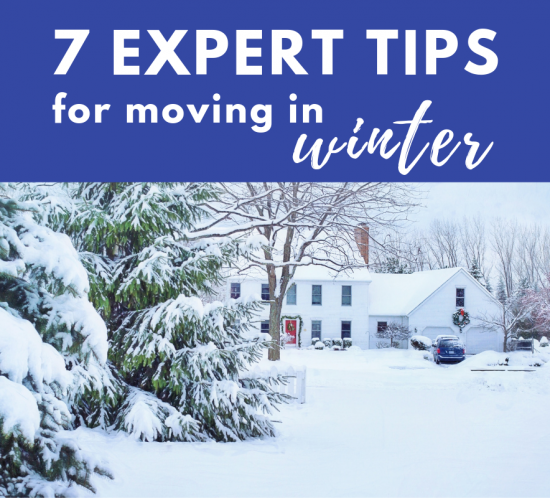





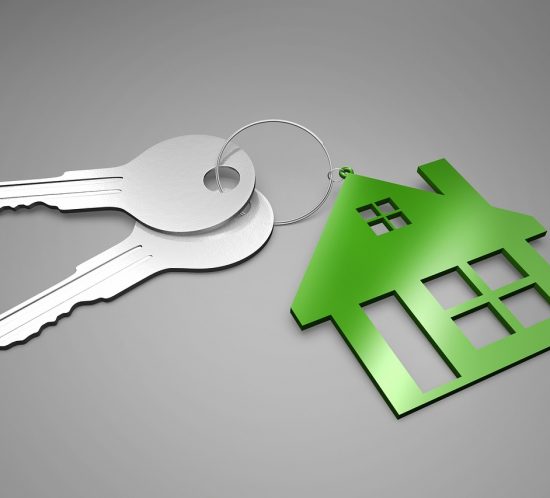


 1. Act fast.
1. Act fast.


 5. Show them the money.
5. Show them the money.
